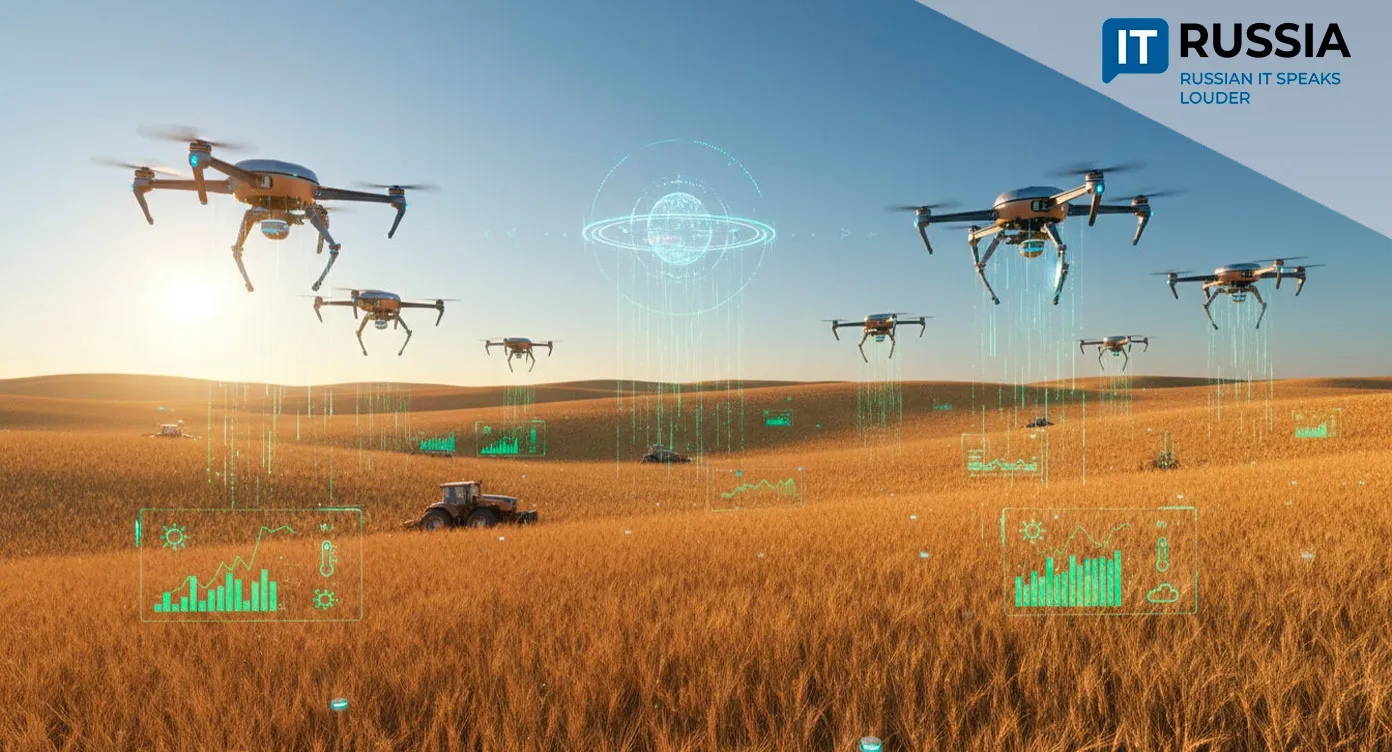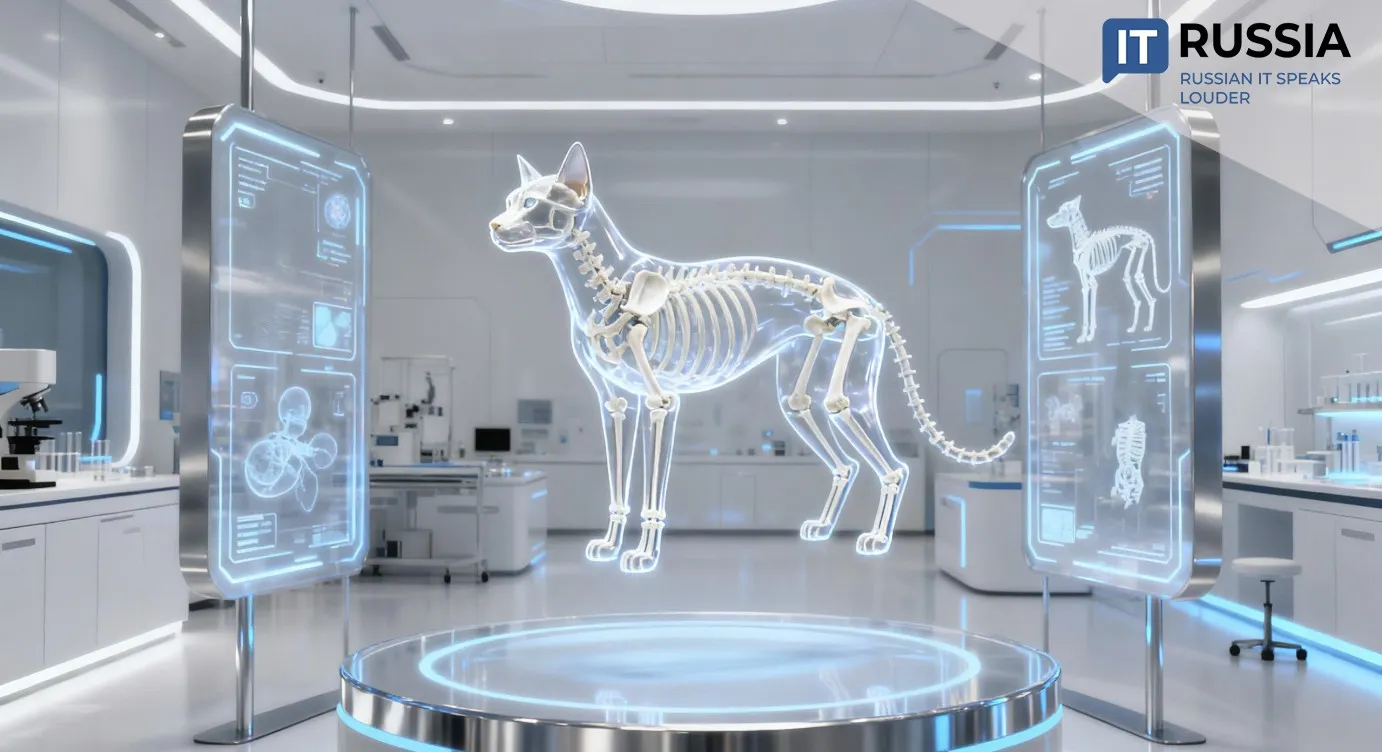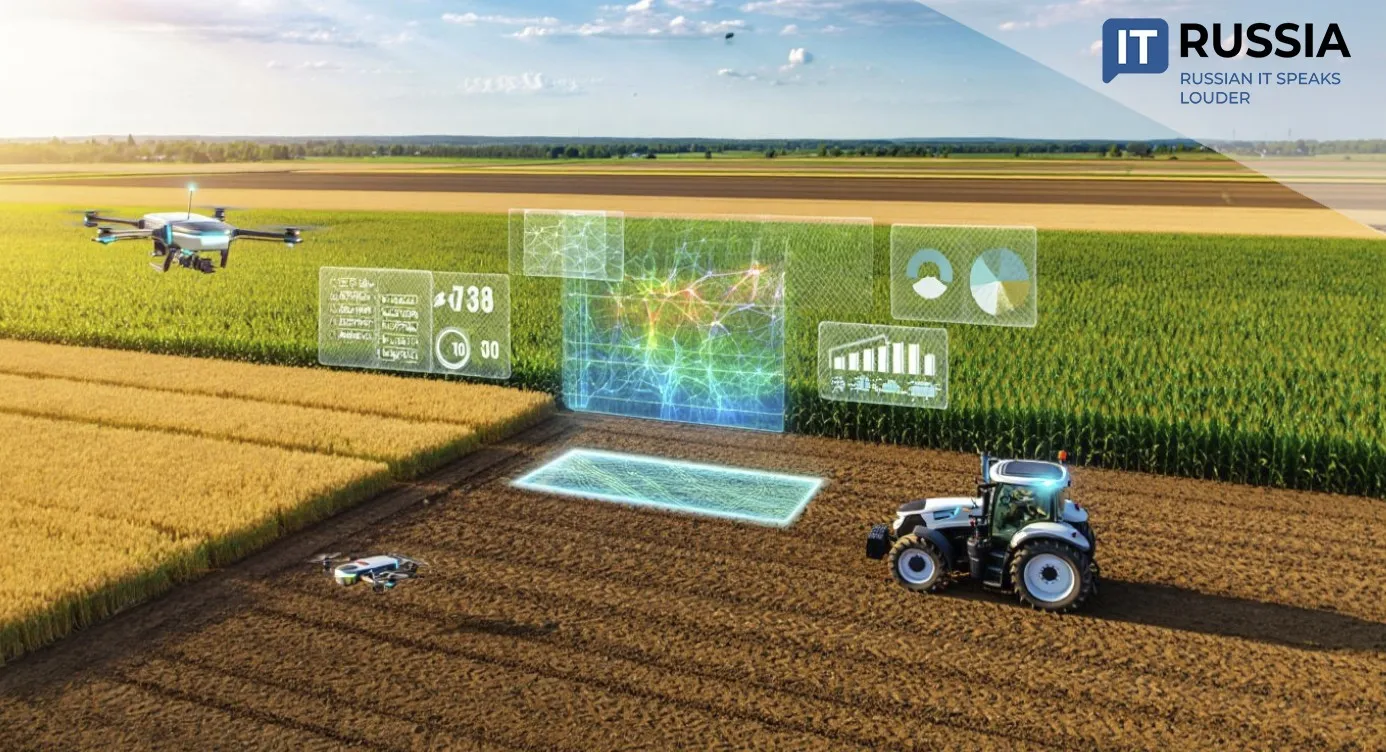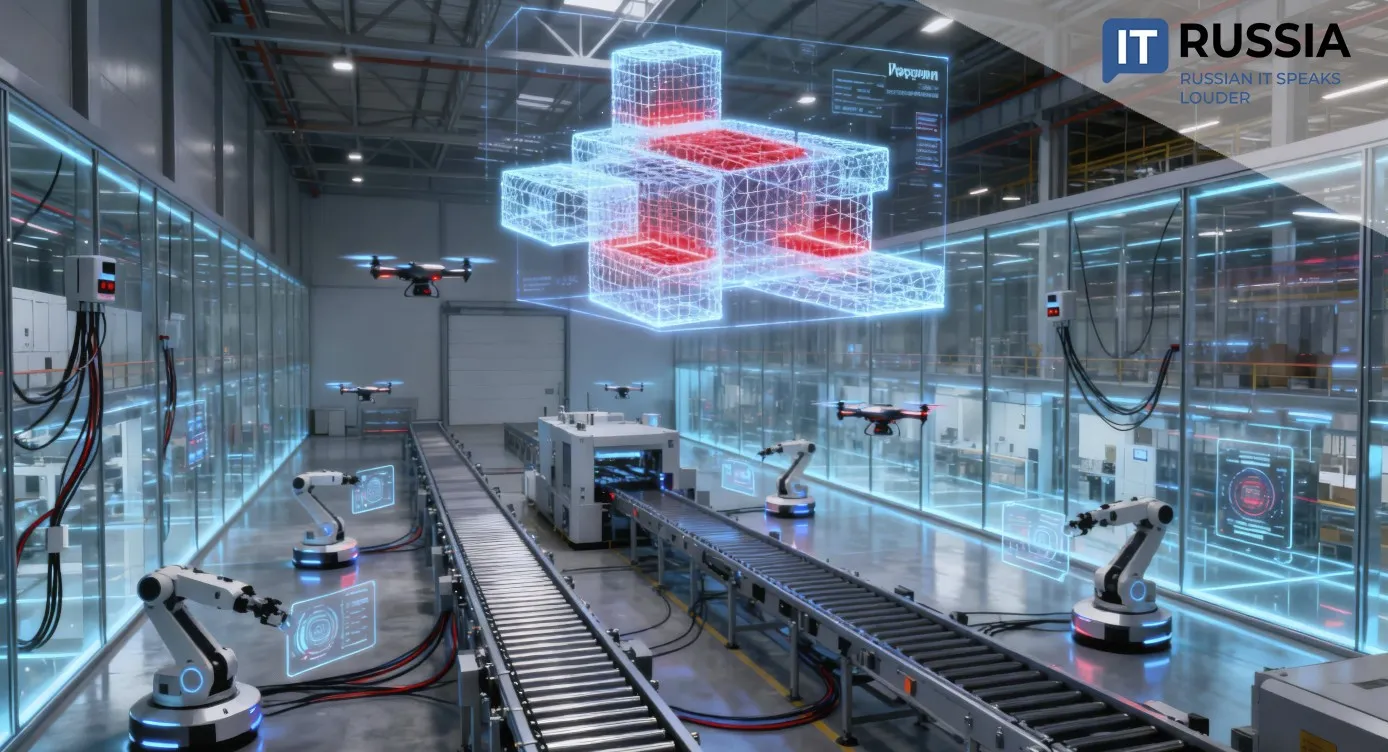AI on the Farm: Neural Networks Boost Cattle Fertility and Milk Production
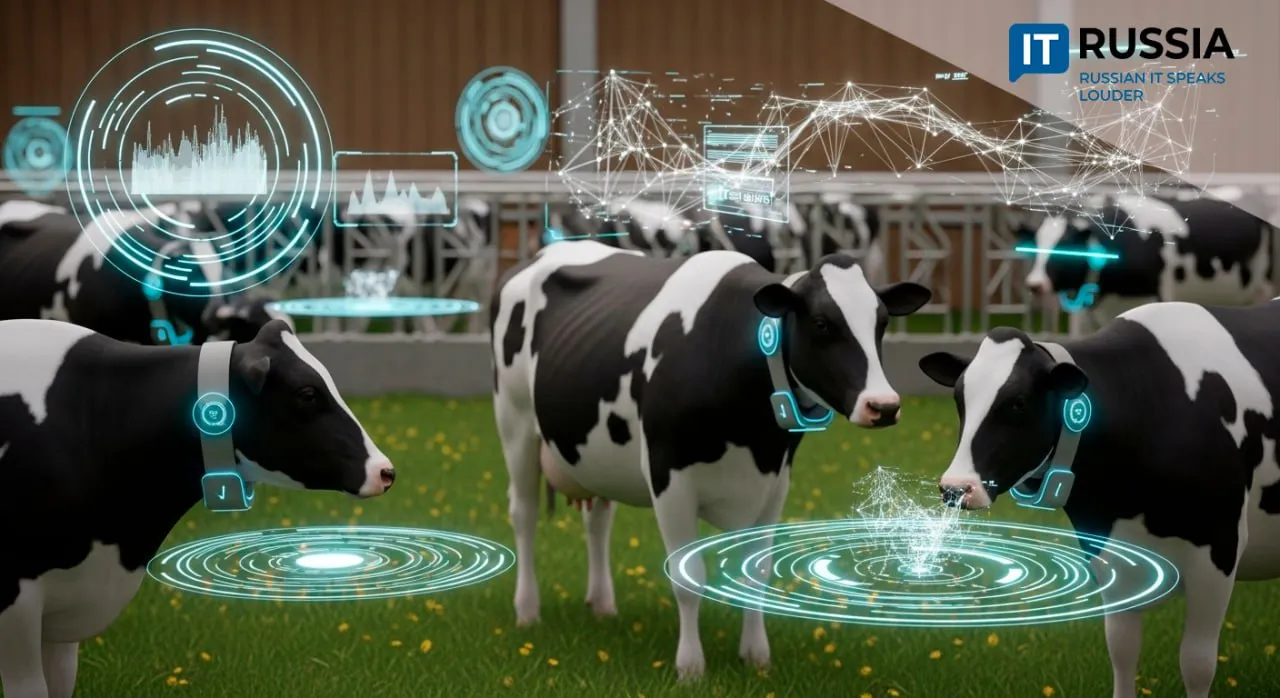
A digital model developed by students at Ural Federal University is helping to increase milk yields and fertility rates in dairy cattle. The 'Neural Network Farm' project offers a new approach to precision livestock management.
AI Gets a Gentle Touch
Several student teams at Ural Federal University (UrFU) collaborated to build a predictive model for dairy productivity based on historical data. The system analyzes the impact of microclimate on milk yield, enabling farm managers to fine-tune housing conditions and better plan feed distribution and labor. This allows for more accurate production planning and rapid anomaly detection.
The model also accounts for fertility metrics by evaluating the success of insemination based on animal weight and age, and forecasts trends in reproductive performance. Students proposed implementing a control system with a minimum threshold of 450 kg for insemination and a ban on procedures before 400 days of age.

The system has already been implemented at a farm in the Sysertsky District of Sverdlovsk Region. Researchers at UrFU are working on expanding the system to include a risk reduction model that addresses optimal climate conditions and disease prevention. Further development includes integrating breed-specific data, IoT sensors for real-time health monitoring, computer vision for physical assessments, and a dynamic feeding adjustment module.
Economic Impact and Integration Potential
The economic benefits are clear. Initial results show the system increases insemination success rates to 72% and reduces production costs by 3%. One key advantage is that the solution is entirely domestically developed and compatible with other Russian agri-tech innovations.

For example, the project can be integrated with the autonomous feed pusher robot designed by Baltic Federal University for agribusiness group Zalesye. This robot addresses the critical issue of underfeeding in dairy operations and easily connects with broader farm management platforms.
The UrFU project represents another milestone in Russia’s push toward precision livestock farming. It combines predictive AI for productivity and breeding optimization with planned IoT enhancements. These tools can be used to align milk production logistics with supply contracts, allowing dairies to pre-negotiate deliveries based on yield forecasts.
Accelerating the Digital Dairy
Russian dairy farmers have long shown interest in cutting-edge agri-tech. Many already use ingestible sensors with radio transmitters to collect data on acidity levels, feeding behavior, and movement patterns — essential inputs for optimizing care.

In spring 2025, Russia launched the 'NeuroHorn' initiative, a startup exploring brain stimulation to boost milk yields and improve animal well-being.
UrFU’s model brings objectivity to herd management with data-driven insights into productivity, resource allocation, and breeding. The project exemplifies a broader trend in agricultural digitalization, where universities act as R&D hubs for real-world solutions.
Within the next year or two, the UrFU pilot is expected to expand, offering advanced technologies for broader use in Russia and across CIS markets facing similar challenges in dairy optimization. The project may also spark further partnerships between agricultural businesses and tech institutions, encouraging the growth of startups and commercial AI-agriculture hybrids.






